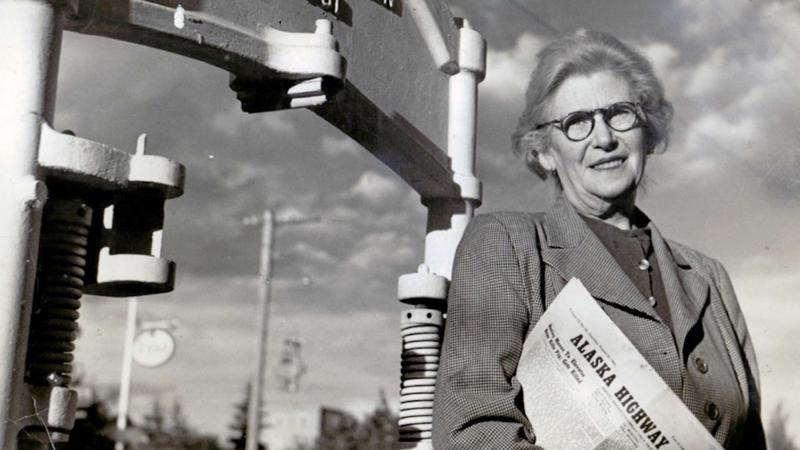
ROTHENBURGER: Blurring the lines between objective reporting and somebody’s opinion
THERE’S BEEN a bit of a controversy the past week or two involving comments by a local media individual that I won’t get into because he’s had his say — at great length — and I’m not inclined to give it even more attention, nor certainly to feud over it.
In fact, as much as I feel other commentators’ opinions are off base on any given day (as I did in this case) I support their right to express them, though I might wish they were better informed. Media commentators are paid to tell people what they think.
But it does raise an issue in need of some scrutiny.
It makes me think about some of the legendary old-time opinion leaders who make us current commentators seem unworthy by comparison. I have vivid memories of people like Edith Josie, Ma Murray and Jack Webster.


